What's the difference between a kid’s and an adult's mattress? As a Mum of three, I asked sleep experts to explain all
Do you need to buy a mattress specifically made for kids for your child? Here are the answers
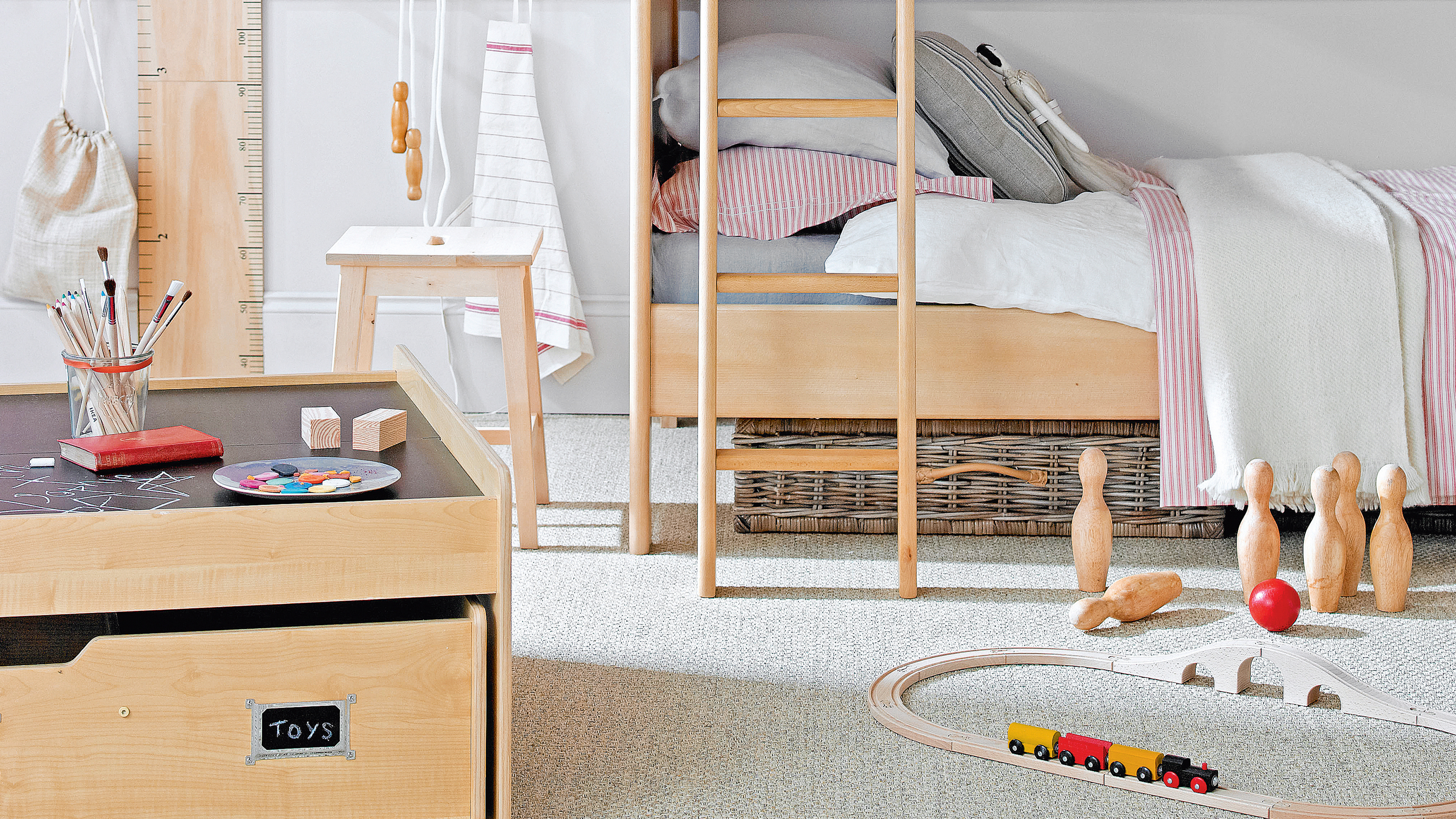
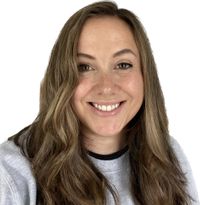
A good night’s sleep is probably top of the wishlist for the majority of parents. As a Mum of three, I know that when you become a parent, sleep goes from a thing you do every night with little thought to a full-blown obsession.
Both your child’s and your own sleep becomes a hot topic of conversation with family, in NCT WhatsApp groups, and often with anyone who will listen. And there’s a whole industry of products that promise to help – white noise machines, swaddle suits, night lights, and, yes, children’s mattresses.
But what is the difference between a kid’s mattress and an adult's mattress? Do you really need to buy a mattress specifically made for kids, or are we parents being duped in our desperation for slumber?
Well, the best mattress for any age group is one that supports the body properly so we can get a good night’s rest without aches or pains. This goes for adults and children alike. But children’s bodies are still developing, and therefore, kids have different requirements from a sleep surface than an adult might.
As a sleep-product reviewer, I’ve tested a whole host of kids’ mattresses with my own children. From foam to pocket-sprung, synthetic to traceable wool, we’ve put them all through their paces. I’ve also tested more adult mattresses than I care to count. That's why I'm here to share all of my intel, including the advice of multiple mattress experts and child-sleep experts.
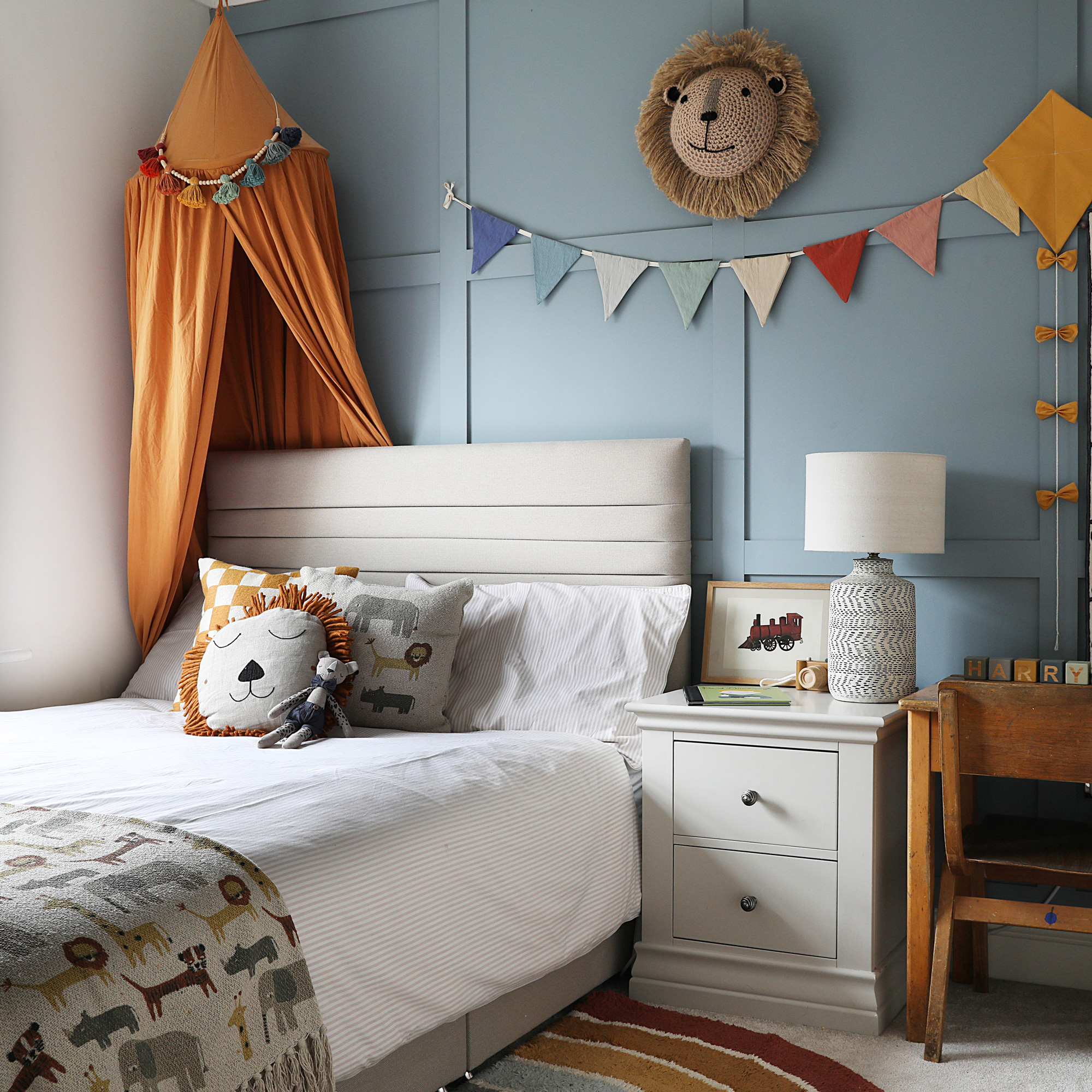
Do you need to buy a mattress specifically made for kids for your child?
When it comes to newborns, there is no question: an infant needs the right sleep surface.
‘The Lullaby Trust guidelines promote a firm, flat sleep surface for babies,' explains Chloe Scott, head of product design at children's sleep specialists Green Sheep Group. 'This is due to their bodies developing at a faster rate, a need for better breathability, and reducing the risk of SIDs by ensuring babies' heads are not raised or at risk of sinking into the mattress.’
Sign up to our newsletter for style inspiration, real homes, project and garden advice and shopping know-how
‘For babies, toddlers, and younger children, a kids’ mattress is recommended as it offers firmer support and better breathability for safety and development,’ agrees infant sleep consultant, mum of three, and founder of Just Chill Baby Sleep, Rosey Davidson. ‘However, for older children or teens, an adult mattress can be suitable as long as it’s not too soft and provides the right support.’
It’s a balance only you can decide based on your child and situation. But, ‘an adult mattress that you buy for a kid might be overengineered and might not be designed to support their weight and shape,’ warns James Wilson, sleep expert at The Sleep Geek.
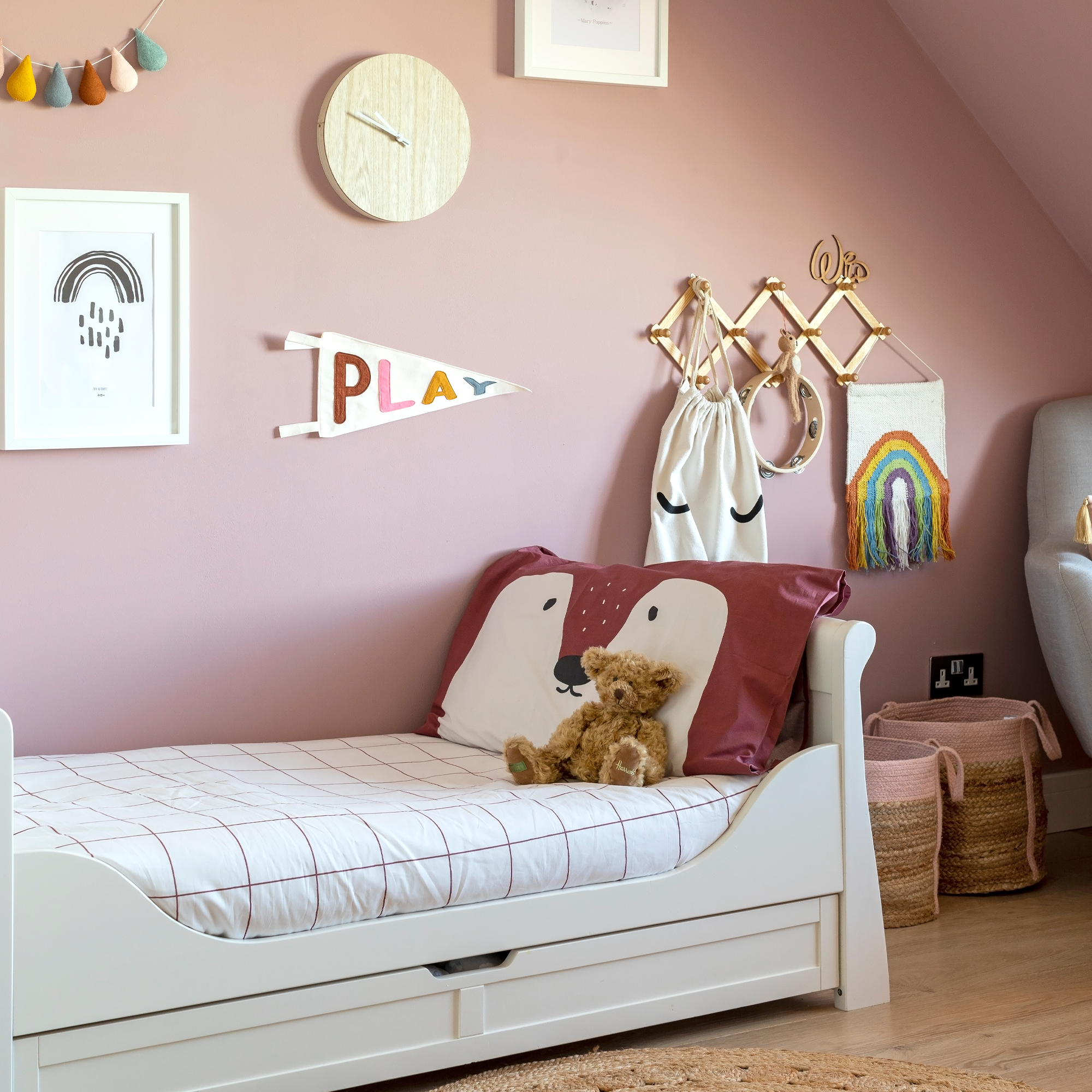
What mattress firmness is best for a child?
As our children's sleep experts have explained, finding the right mattress for your child is all about firmness. 'it is recommended to use firm to medium-firmness mattress,' confirms Chloe.
However, as with adults, it’s not a one-size-fits-all situation with kids’ mattresses. Kids grow, and their body weight will change, which impacts what mattress firmness is right for them. 'Every child is different,' says James Wilson, 'and the right mattress will depend on their height, weight, sleep posture, and temperature needs.’
If you’re looking for the safest middle-of-the-road bet, then a medium-firm mattress is your best option. You might be drawn to a soft mattress for a child, but you will probably find it doesn’t provide adequate support.
‘Our best-selling Twist mattress was designed with this in mind,’ says Chloe. ‘The Little Green Sheep Twist mattress has become a family favourite, featuring dual-side support – with one side being firmer; perfect for newborns, and the other being more supple to support growing toddlers. Parents simply flip the mattress over to provide the perfect support rather than having to invest in a new mattress entirely.’
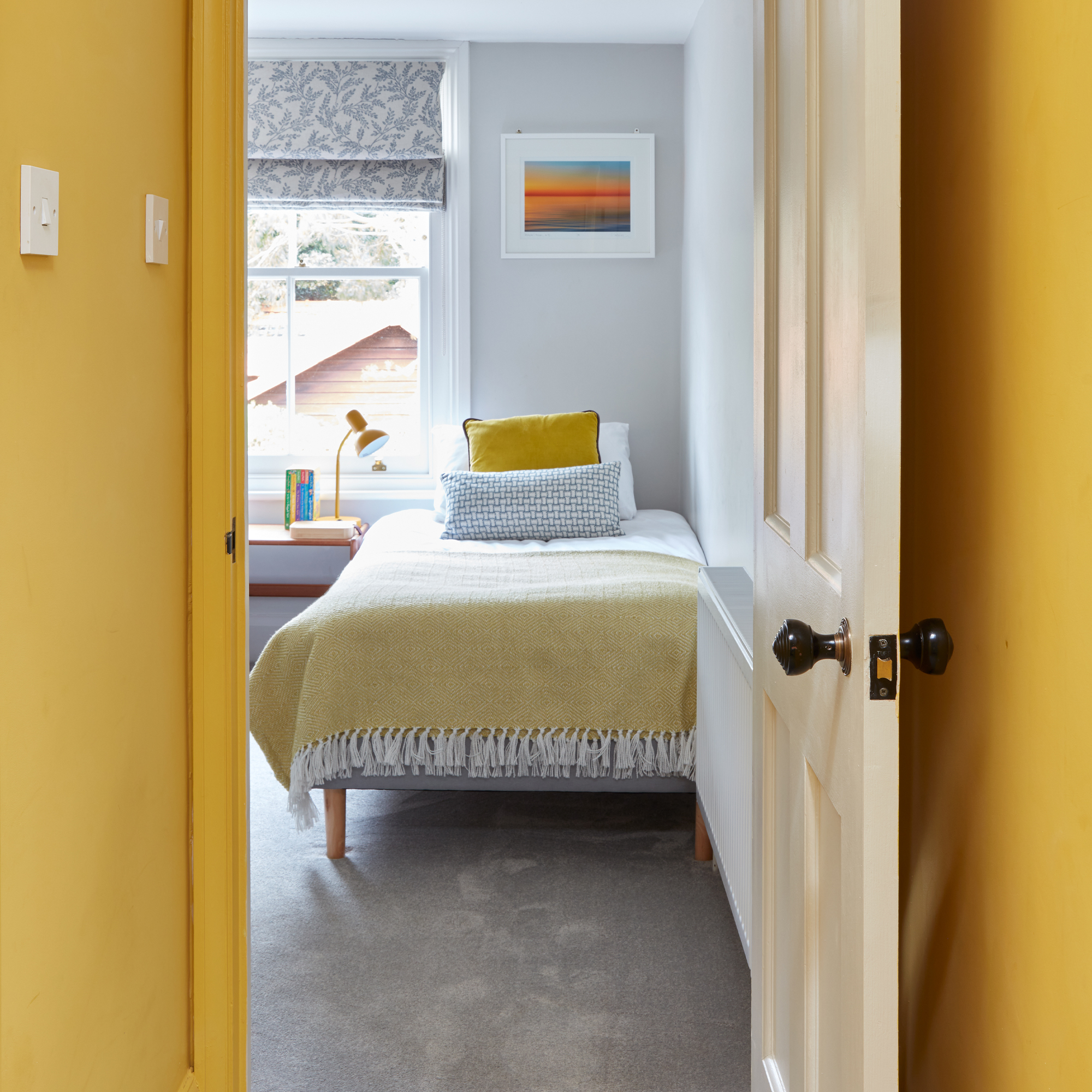
Is a foam or sprung mattress better for children?
Wondering if a foam or sprung mattress is better for children? Again, this is down to a variety of factors, and so there’s not one simple answer.
Opting for a foam mattress might be tempting because they’re often more affordable, but they offer less responsive support and they’re less breathable, often causing sleepers to overheat. Ever checked on your kid while they’re sleeping and found them a sweaty mess? Children aren’t as good at regulating their temperatures as adults, so this is something to be extra mindful of.
‘I prefer sprung, as it allows airflow through the mattress and helps them manage their temperature better,’ says James Wilson, the Sleep Geek. Although he does add, ‘If your child has dust-mite allergies a foam mattress would be better, as it is a harder environment for these pesky mites to live in.’
Are memory foam mattresses OK for kids?
‘Memory foam is not advised as a safe option for a newborn baby, due to the risk of sinking and suffocation,’ cautions Chloe from the Green Sheep Group. ‘Typically, as a child grows and develops, they have better mobility, muscle control and awareness, significantly reducing the risk of sinkage and suffocation.'
'However, advice for safe sleep still suggests children should be on a medium firm mattress which is why we opt to use natural materials to provide a firm yet comfortable night’s sleep.’
‘A memory foam mattress can be fine for older children, but I’d avoid it for toddlers,’ agrees sleep consultant Rosey Davidson. ‘Traditional memory foam can retain heat and mould too closely to the body, which may not be ideal for younger sleepers. Look for breathable, child-specific versions if you do go for memory foam.’
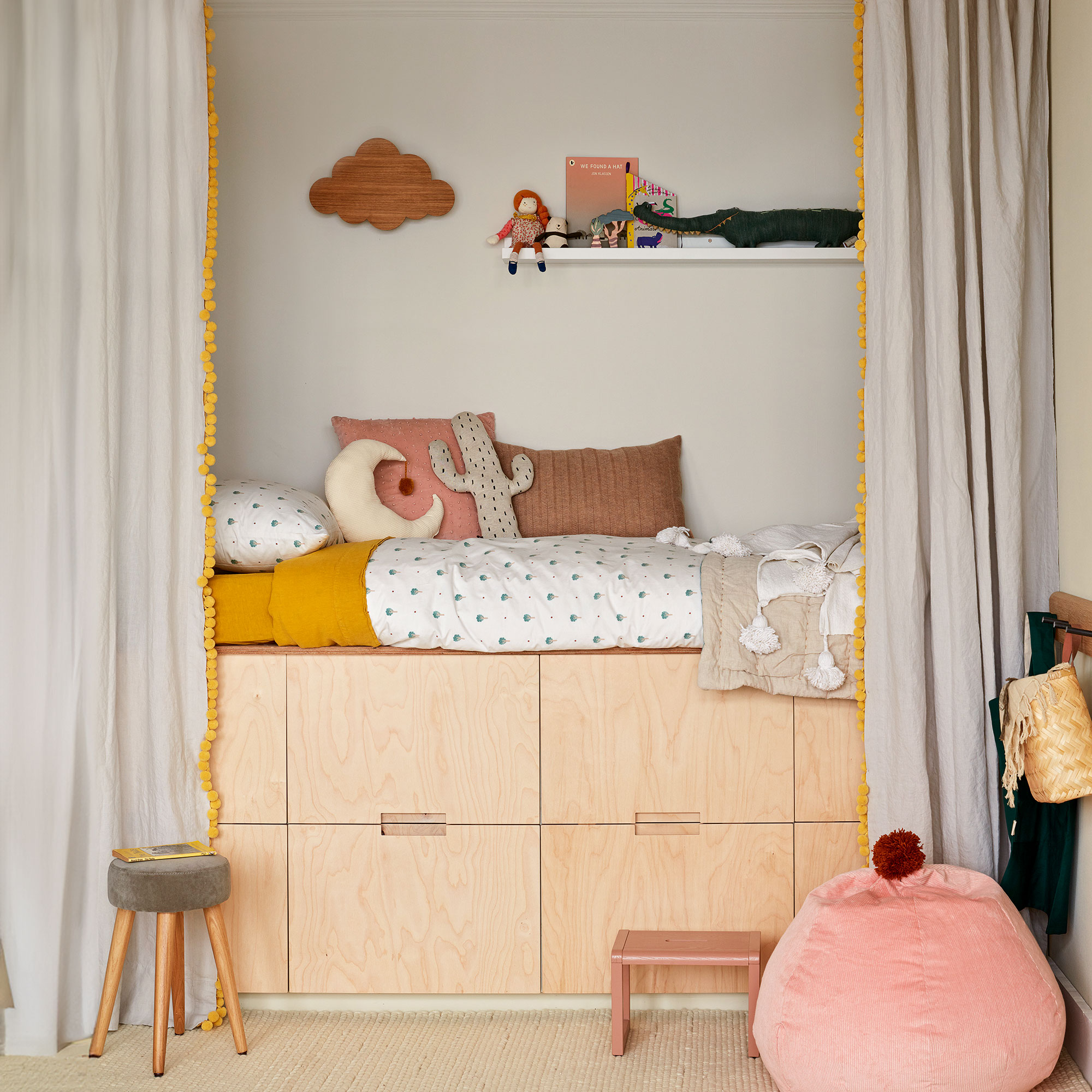
FAQs
How thick should a child’s mattress be?
When it comes to how thick a child’s mattress should be, always check the bed-frame manufacturer’s guidance, and follow that. Bunk beds always have a maximum thickness, and many adult mattresses are too thick for them – I have found this out through personal experience.
‘Toddlers and younger, no more than 10 cm is needed,’ says sleep expert James Wilson. ‘Older children could have one up to 20cm, but bear in mind most bunk or cabin beds can only have a mattress up to 15cm.’
Why are kids' mattresses thinner?
Kids don’t need thick mattresses. Kids are generally lighter than adults, so don’t require so much support from their mattresses. This means the mattresses are thinner as they don’t require such heavy-duty engineering inside.
‘A thinner, well-made mattress provides perfect firmness to promote spine alignment for their developing spine, particularly when they don’t need excess bulk,’ explains Chloe from the Green Sheep Group. ‘This can promote good posture, as well as ensuring a comforting night's sleep.’
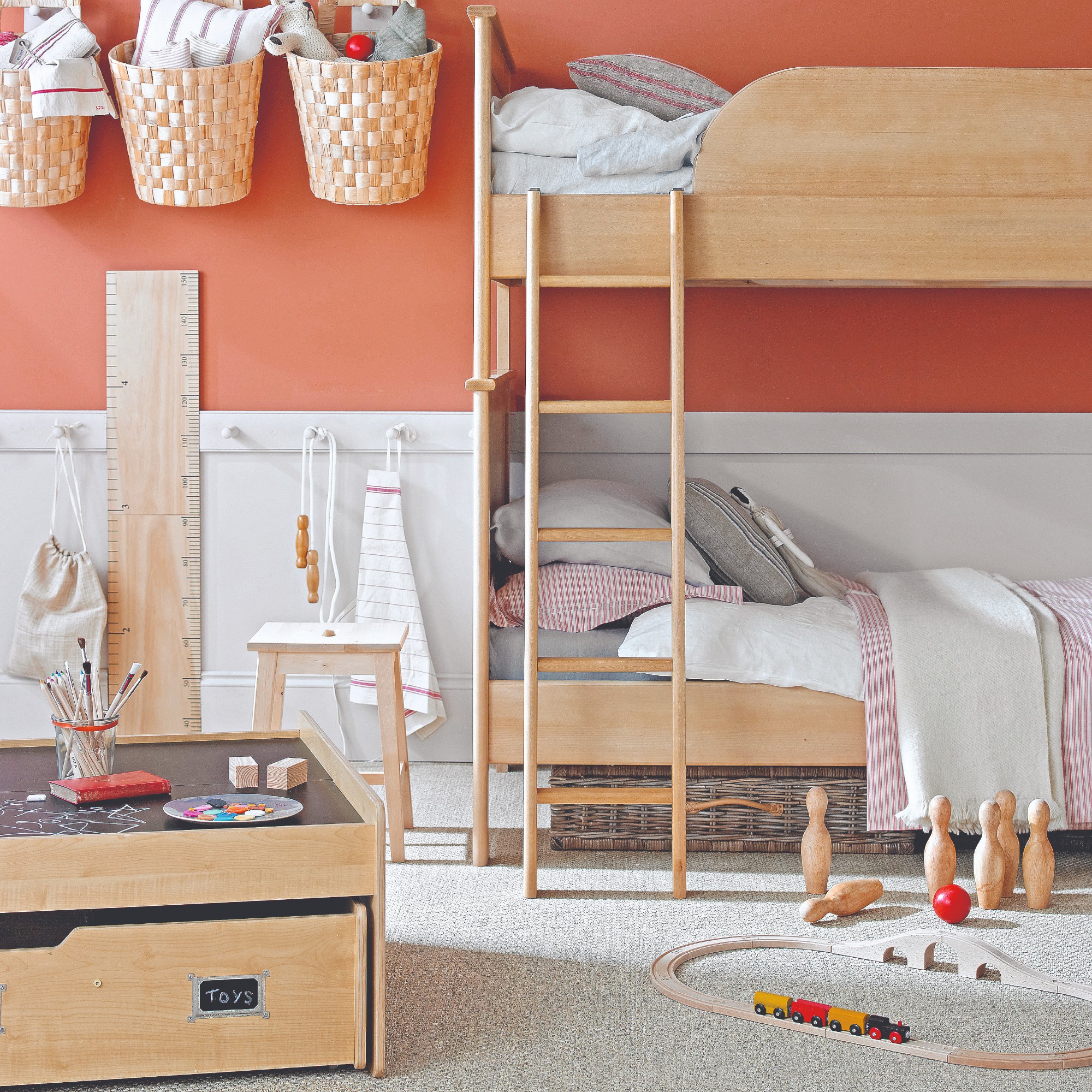
Can a toddler use a regular mattress?
Yes, a toddler can use a regular mattress, as long as it isn't too soft. However, many toddlers sleep in converted cot bed-sized frames, or even toddler beds. You may struggle to find a standard mattress that comes in this size. But from a developmental perspective, you can put a standard mattress on a toddler’s bed.
‘A toddler is developed enough to use an adult mattress, provided it meets the recommended support and thickness – it is recommended to use firm to medium-firmness mattresses, as toddlers still require a supportive surface for healthy spine and muscle development,’ confirms Chloe from the Green Sheep Group.
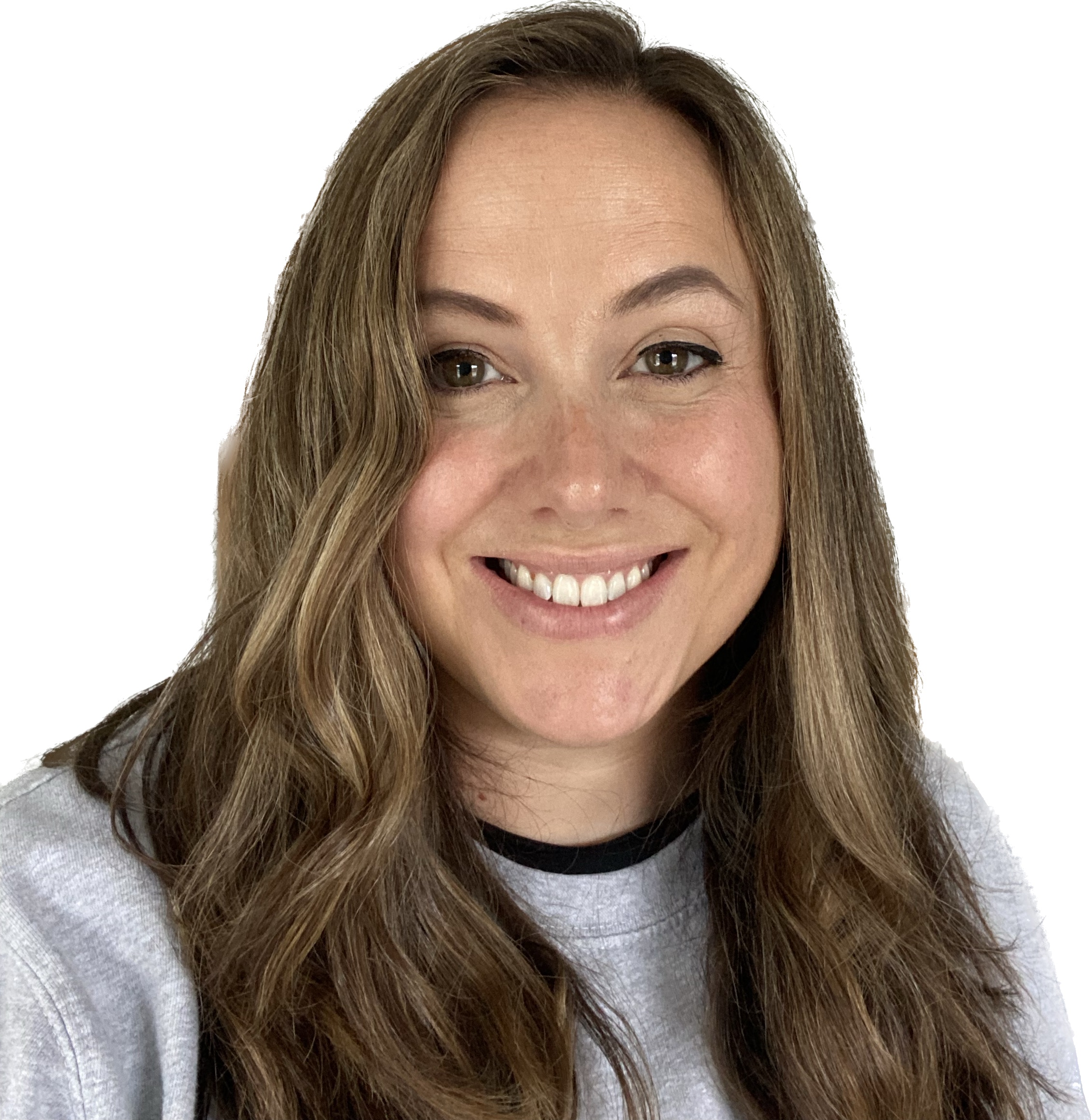
Zoe is a freelance journalist and content strategist. Her career has traversed kids' publishing, women's lifestyle magazines, luxury property and content marketing. She's worked for the BBC, STYLIST, Marie Claire, heat, Wallpaper*, InStyle, The Sunday Times Style, Ocado, Christie's and more. She now regularly writes about interiors and sleep for a range of media – what she doesn't know about mattresses isn't worth knowing.
You must confirm your public display name before commenting
Please logout and then login again, you will then be prompted to enter your display name.